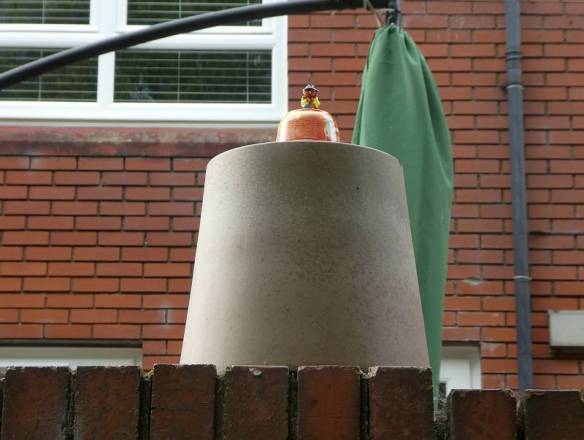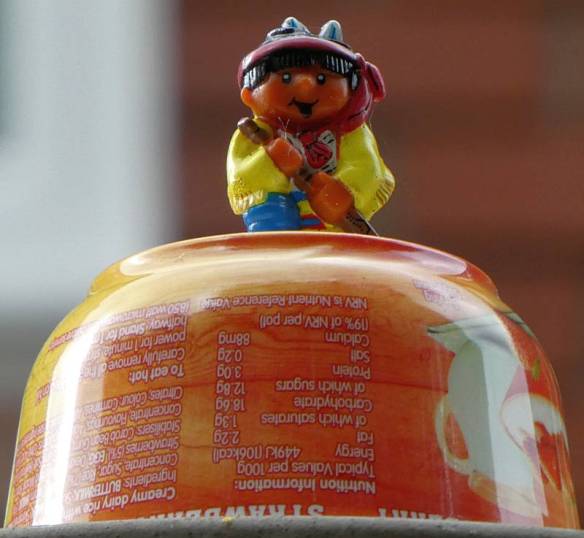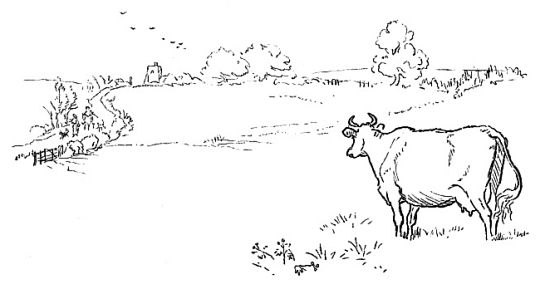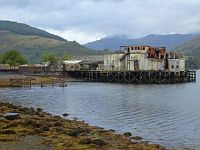You know the feeling – you’re wandering around, sort of minding your own business, and that feeling starts to build up somewhere in the back of your head…
“I’m being watched”.
The favourite is in a not quite exclusive neighbourhood – the sort of burb where the windows have net curtains as the residents aren’t quite wealthy enough to have large windows with no curtains at all, so they can display their expensively set rooms for their neighbours to see, and they can try to show off their more expensive furniture, carpets or wood floors, art on the walls, and smart TVs etc piled around the room.
It’s a phenomenon I noticed appearing a few years ago, after I started taking longer walks deeper into the surrounding streets, and noticed the two options (nets or no nets) and began to look closer, finally realising those without nets were most definitely placing their wealth on display. The curtain free windows are definitely being used to display set pieces, as I seldom see anyone in those rooms.
However, this wasn’t related to the feeling that had crept up on me this time.
Glancing around, I soon spotted the reason, and who was watching – although I didn’t recognise them.
I grabbed a quick shot in case they disappeared.

Beith Street Watcher
Still there – time for a closer look, and a chance to identify the spy.

Watching Character
No idea, but I’m guessing this is a known character to some, like the creamy rice desert below, with added strawberry goodness, being used to get a better look over the high fence below.


